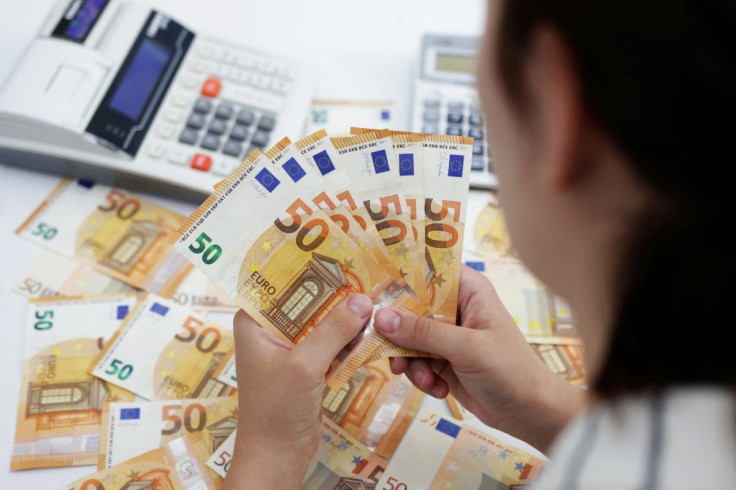Euro Teeters On Brink Of Parity Amid Recession Risks

The euro hovered close to a 20-year low near parity to the dollar on Tuesday amid concerns that an energy crisis could tip Europe into recession, while the U.S. Federal Reserve continues to aggressively tighten policy to curb inflation.
The single currency fell as low as $1.0006 on Monday, the lowest since December 2002.
The dollar index - which measures the greenback against six major peers, with the euro most heavily weighted - was also little changed at 108.17, following its surge overnight to the highest since October 2002 at 108.26.
The biggest single pipeline carrying Russian gas to Germany, the Nord Stream 1 pipeline, began annual maintenance on Monday, with flows expected to stop for 10 days.
Governments, markets and companies are worried Russia might extend the shutdown because of the war in Ukraine, exacerbating the continent's energy supply crunch and potentially speeding a recession.
Euro weakness has been a big part of the dollar index's push higher, with the safe-haven U.S. currency also supported by worries about growth elsewhere too, with China in particular implementing strict zero-COVID policies to contain fresh outbreaks.
Arguably the biggest factor in the dollar's rise, however, is the view the Fed will hike rates faster and further than peers.
Europe's precarious situation has tempered bets for the European Central Bank's tightening campaign when it kicks off this year, while the Bank of Japan has repeatedly recommitted to extraordinary stimulus.
The dollar edged 0.14% lower to 137.22 yen following Monday's jump to a fresh 24-year high at 137.75.
"The dollar really strengthened across the board, reflecting a continuation of the trend that we've seen recently, that is global recession fears," said Carol Kong, a currency strategist at Commonwealth Bank of Australia.
At the same time, Fed policymakers "will just be laser focused on high inflation, so they'll just keep on raising rates despite rising recession fears," she added.
"I think the risk is that euro dollar can fall to parity as soon as this week."
The Fed is expected to lift rates by 75 basis points for a second straight time at its July 26-27 meeting. Fed funds futures traders are pricing for its benchmark rates to rise to 3.50% by March, from 1.58% currently.
This week sees a raft of U.S. economic data that should provide a glimpse of the extent to which rate hikes thus far have cooled price pressures.
Consumer price data due on Wednesday is this week's focus, with economists polled by Reuters expecting the index to print an 8.8% annual rate for June.
Elsewhere, the Australian dollar slipped 0.22% to $0.6722, edging back toward the two-year low of $0.6716 reached on Monday amid a commodity price drop and fresh Chinese COVID curbs.
The New Zealand dollar weakened 0.15% to $0.6105, approaching its own two-year trough from Monday at $0.60975, even as the central bank prepares to hike the key rate by half a point for a third consecutive meeting on Wednesday.
The Bank of Canada is also geared to tighten further at its own policy gathering on Wednesday. The greenback gained 0.17% to C$1.30275 on Tuesday, but has mostly been consolidating below its peak since October 2020 at C$1.30845, touched a week ago.
© Copyright Thomson Reuters 2024. All rights reserved.




















